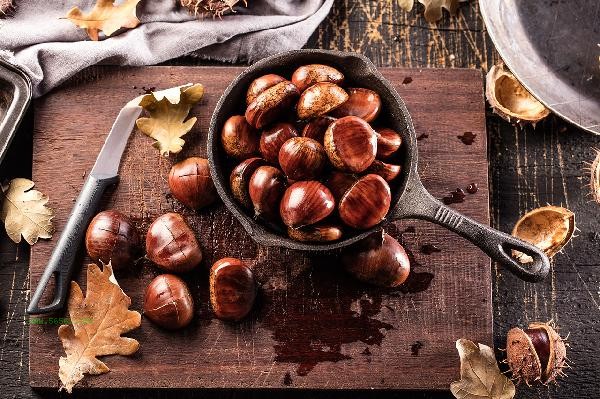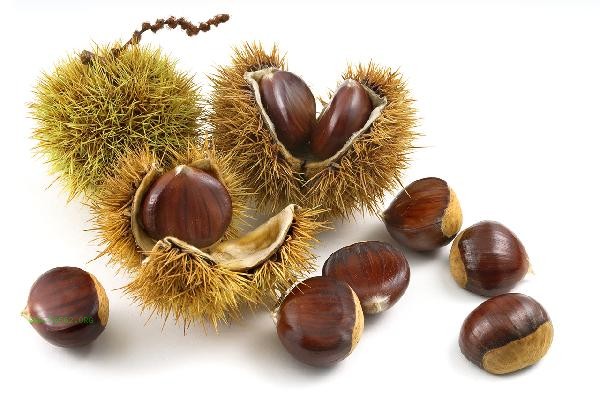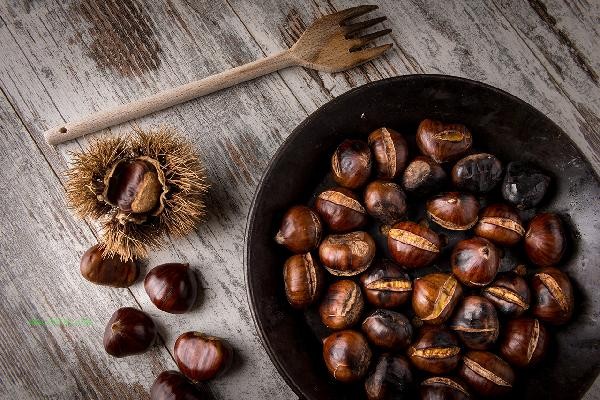The key to good peeling of Roasted chestnuts in sugar-coated heated sand lies in pretreatment and frying skills. There are mainly five key steps: material selection, cutting, soaking, fire control, and cooling.

1. Material selection
Choose fresh and plump chestnuts with intact shells and no insect eyes. Fresh chestnuts have sufficient moisture, and the shell and flesh have a lower degree of adhesion, making them easier to separate after frying. Avoid using chestnuts that have been stored for too long or have already dried, as their shells may adhere to the flesh.
2. Cut
Use a knife to make a cross shaped cut on the convex surface of the chestnut, with a depth suitable for cutting the shell. The incision can effectively release the water vapor generated inside during frying, prevent chestnut cracking, and allow the shell to naturally open when heated. Pay attention to the safety of the cutting tool when making an incision, and fix the chestnut on a towel for operation.
3. Soak
Soak the cut chestnuts in warm water for about 20 minutes. Soaking can make the shell absorb water and soften, making it easier to separate from the fruit pulp during frying. A small amount of salt can be added to the water to help damage the fiber structure of the outer shell. After soaking, the water should be drained to avoid splashing oil droplets during frying.

4. Heat control
Use medium to low heat to stir fry slowly, allowing the heat to penetrate evenly. During the frying process, it is necessary to constantly flip the chestnuts to ensure even heating. When the shell presents a shiny color and the incision is clearly open, it is sufficient. Excessive heating can cause the flesh to harden, which in turn increases the difficulty of peeling.
5. Cooling
Stir fried chestnuts need to be spread out and cooled for 3-5 minutes. The principle of thermal expansion and contraction will create a gap between the outer shell and the fruit flesh. At this time, a gentle break along the incision can fully peel it off. The temperature of freshly cooked chestnuts is too high, and peeling them directly can easily cause burns and the flesh is fragile.

As a traditional snack, Roasted chestnuts in sugar-coated heated sand with sugar are recommended to be made from fresh chestnuts in the current season, instead of old chestnuts. When stir frying, a small amount of cooking oil and maltose can be added to enhance the flavor and help the shell become crispy. The peeled chestnuts should be consumed as soon as possible, as storing them for too long can cause the taste to harden. For people with weak digestive function, it is advisable to limit the consumption to no more than 10 pills at a time. Pay attention to kitchen ventilation during the production process, as the water vapor generated during frying may carry small chestnut shell fragments. If you find that chestnuts are blackened or have a strange smell inside, you should stop eating them immediately.








Comments (0)
Leave a Comment
No comments yet
Be the first to share your thoughts!